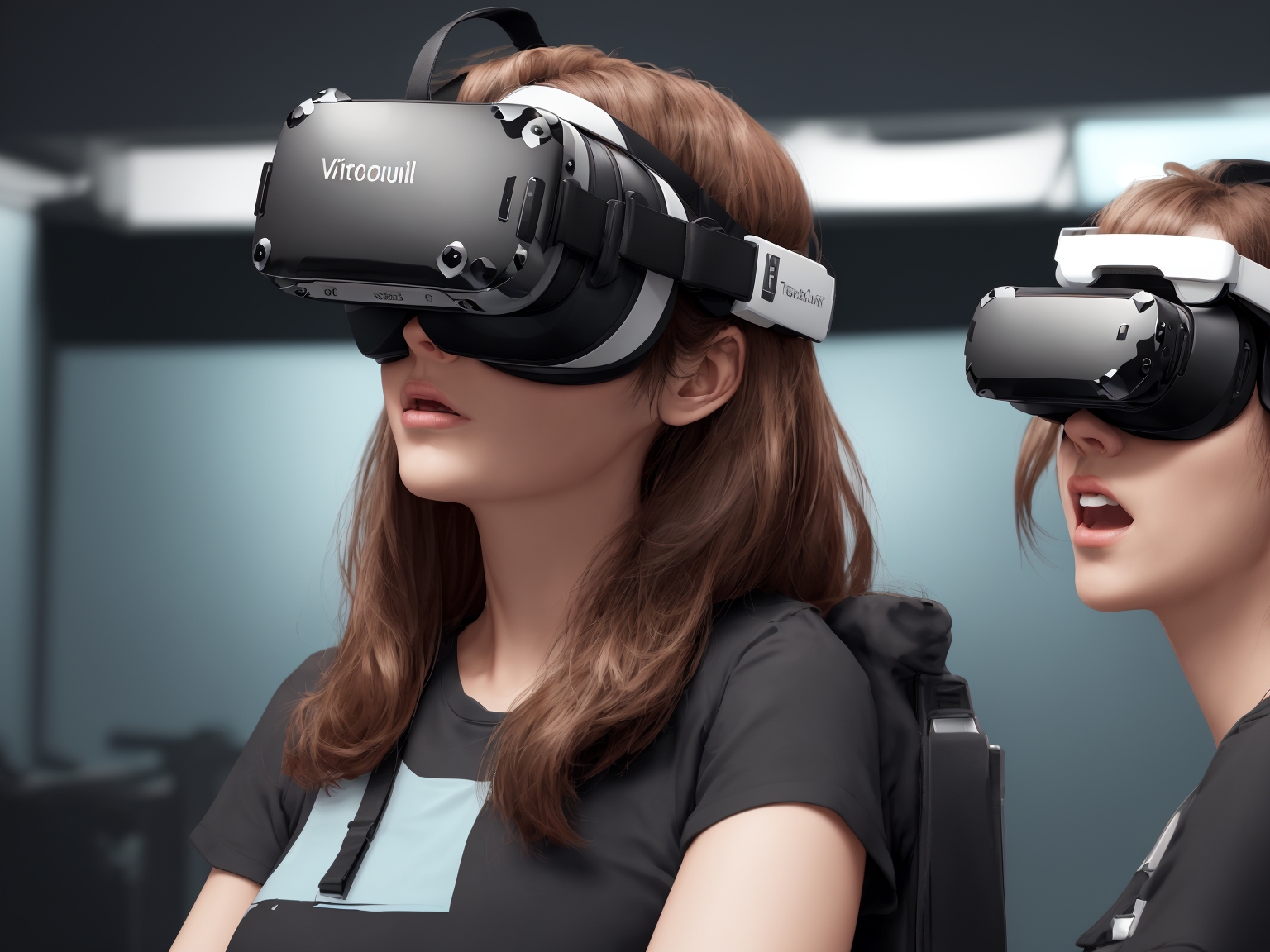**Title: Unleashing Potential: Exploring Virtual Reality Training Programs**
—
**Introduction**
Welcome to the fascinating world of Virtual Reality (VR)! In this blog post, we’re diving deep into an exciting aspect of VR technology: Virtual Reality Training Programs. We’ll explore what they are, their benefits, applications across various industries, and frequently asked questions. So, buckle up and join us as we embark on this captivating journey!
—
**What Are Virtual Reality Training Programs?**
Virtual Reality Training Programs are immersive, interactive, and computer-simulated environments designed to help learners acquire new skills or enhance existing ones. These programs leverage the power of VR technology to create realistic and engaging training scenarios that mimic real-world conditions.
—
**Benefits of Virtual Reality Training Programs**
1. **Immersive Learning Experience:** VR training programs offer an immersive, 360-degree learning environment, making it easier for learners to concentrate and engage with the material effectively.
2. **Safe and Controlled Environment:** Virtual reality provides a safe and controlled space where learners can practice high-risk or complex tasks without worrying about the consequences of mistakes in real life.
3. **Realistic Scenarios:** VR training programs can simulate realistic scenarios that are difficult or impossible to create in the real world, enhancing the learning experience and skill development.
4. **Customizable Learning Paths:** With VR, learners can progress at their own pace, and trainers can easily customize learning paths based on individual needs and performance.
5. **Cost-Effective:** VR training programs are cost-effective in the long run as they reduce the need for expensive equipment, materials, and travel costs associated with traditional training methods.
—
**Applications of Virtual Reality Training Programs**
1. **Healthcare:** VR is used to train medical professionals in various procedures, from surgery simulations to patient care scenarios.
2. **Military and Emergency Services:** VR training programs help military personnel and emergency responders prepare for high-stress situations, improving their decision-making skills and overall performance.
3. **Education:** VR is being used in schools and universities to create engaging, interactive learning experiences that help students understand complex concepts more easily.
4. **Industry Training:** Industries such as manufacturing, automotive, and aviation are using VR for on-the-job training, helping workers learn new skills and improve existing ones.
5. **Sports Training:** Athletes use VR to simulate game scenarios, practice specific skills, and analyze their performance for improvement.
—
**Frequently Asked Questions**
**Q1: Is VR training effective?**
A1: Yes, research has shown that learners who use VR for training retain information better than those who use traditional methods.
**Q2: How expensive are VR training programs?**
A2: While the initial investment in VR technology can be high, the long-term costs are lower due to reduced equipment and travel expenses.
**Q3: Can anyone create a VR training program?**
A3: While it requires technical skills, there are platforms and services that make creating VR content more accessible to non-experts.
—
**Conclusion**
Virtual Reality Training Programs are revolutionizing the way we learn and train, offering immersive, interactive, and engaging experiences that cater to individual learning needs. As technology continues to advance, we can expect to see even more innovative applications of VR training programs across various industries. Embrace this new frontier in education and training, and watch your potential soar!
—
**Call to Action**
Ready to explore the world of Virtual Reality Training Programs? Visit our website today to learn more about how VR can transform your learning and training experience!

Leave a Reply